Bosbury No. 2 / Boseberge
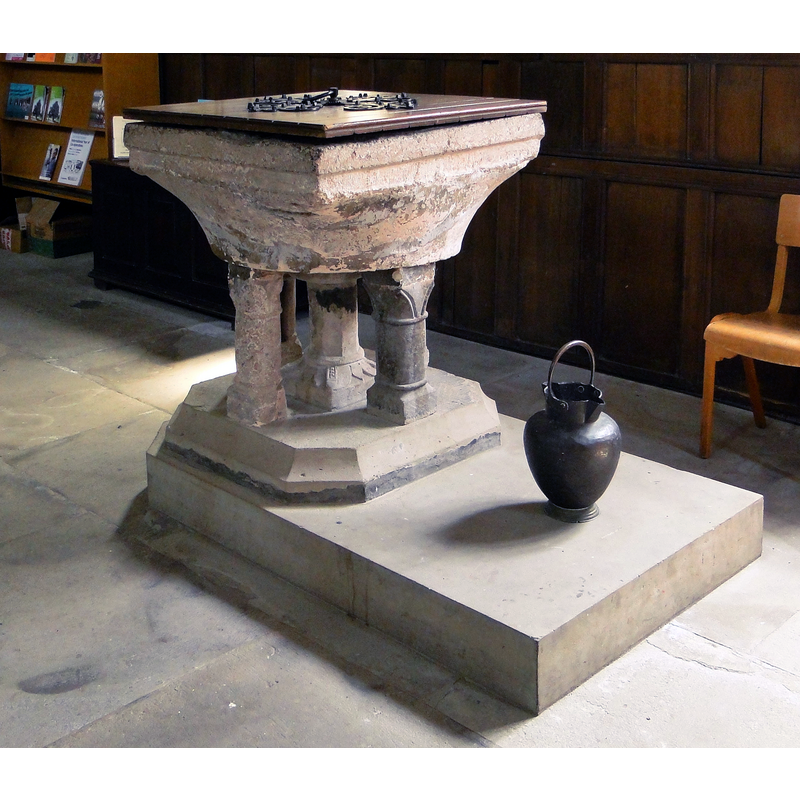
Results: 9 records
view of font
view of font
view of font and cover
view of font and cover in context
view of font in context
view of font in context
Scene Description: Source caption: "Holy Trinity church (Screen | Bosbury). This wooden screen of five-bays frames the entrance to the chancel from the nave. This was built in the 15th century." -- the two fonts are included in the view: the square font is visible at the far [west] end through the central arch of the screen; the "Saxon font" is discernible on the right, in the north aisle, between two of the pillars
INFORMATION
FontID: 05135BOS
Object Type: Baptismal Font1
Church/Chapel: Parish Church of the Holy Trinity
Church Patron Saints: The Holy Trinity
Church Location: B4220, Bosbury HR8 1QT, United Kingdom -- Tel.: +44 1531 670753
Country Name: England
Location: Herefordshire, West Midlands
Directions to Site: Bosbury is located on the B4220, just E of Castle Frome, about 20 km WSW of Worcester
Historical Region: Hundred of Wimundestreu
Font Location in Church: Inside the church
Date: ca. 1200?
Century and Period: 12th - 13th century [altered font], Transitional / Early English [altered]
Workshop/Group/Artisan: Herefordshire school
Font Notes:
Click to view
Described and illustrated in Bond (1908) as a baptismal font of the 13th century; the upper basin is square and, unlike most fonts with a columnar base, the four outer colonnettes connect at the centre of the basin sides, not at the angles; there is also a central shaft; the whole is raised on a square lower base and a modern plinth. The only ornamentation are the foliage motifs on the capitals of the base. Cox & Harvey (1907) list a Saxon font is Bosbury [cf. Index entry for Bosbury No. 1], as well as an Early English one (ibid.). The Herefordshire inventory (1931-1934) dates it to ca. 1200. Described in Halsey (1987) as one of eight baptismal fonts "made of a local reddish brown, psammitic limestone, called 'Breccia' or 'Cornstone'", that were the work of the Herefordshire School [NB: the eight fonts are: Bishops Frome, Bosbury, Bredwardine, Kilpeck, Kingstone, Madley, Turnastone and Vowchurch]. Halsey (ibid.) describes the font at Bosbury as "a large Transitional-style capital" with a decorated rim or abacus; he mentions traces of limewash on it and cites George Marshall's (1959) theory that it was "painted to imitate marble, perhaps in the 17th century". The entry for this church in Historic England [Listing NGR: SO6954843449] notes: "Parish church. Late C12 or early C13, incorporating fabric of earlier C12 building, C15 south porch and early C16 Morton Chapel by Thomas Morton, died 1511, brother of the then Archbishop of Canterbury. Church restored 1871 [...] font: c1200 square base with five shafts supporting square bowl with rounded concave sides". Listed and illustrated in the CRSBI [https://www.crsbi.ac.uk/view-item?i=5249] [accessed 10 March 2024]: "At the W end of the S aisle stands the font currently in use. It has a Purbeck bowl in the form of a hollow belled capital block capital, square at the top and round at the bottom, on 5 shafts with integral capitals and bases. The shafts stand on a square base, hollow chamfered with the angles chamfered off, and this on a step. Both base and step are modern. The bowl is lead lined and there are lock marks on the rim at N and S. The central shaft is octagonal with a low block for a capital and an elaborate octagonal chamfered base with leaves on the chamfers and nailhead straps at the angles. The outer shafts are more slender. The E shaft is octagonal and the others cylindrical. The capitals are of the flat-leaf type and bases are attic."
[cf. BSI entry for Bosbury No. 1 for an earlier font said to be pre-Conquest]
COORDINATES
Church Latitude & Longitude Decimal: 52.088425, -2.44563
Church Latitude & Longitude DMS: 52° 5′ 18.33″ N, 2° 26′ 44.27″ W
UTM: 30U 537983 5771018
MEDIUM AND MEASUREMENTS
Material: stone, limestone (psammitic limestone / Purbeck)
Font Shape: square (mounted)
Basin Interior Shape: round
Basin Exterior Shape: square
Diameter (inside rim): 63 cm**
Basin Total Height: 37 cm**
Trapezoidal Basin: 85 x 85 cm*
Notes on Measurements: * Halsey (1987: 107) gives 34" square at the top and 20" diameter at the bottom [of the capital-shaped basin] / ** CRSBI
LID INFORMATION
Date: modern?
Material: wood
Apparatus: no
Notes: square, flat and plain, with metal decorations and ring handle
REFERENCES
Bond, Francis, Fonts and Font Covers, London: Waterstone, 1985 c1908
Corpus of Romanesque Sculpture in Britain and Ireland, The Corpus of Romanesque Sculpture in Britain and Ireland, The Corpus of Romanesque Sculpture in Britain and Ireland. Accessed: 2024-03-10 00:00:00. URL: http://www.crsbi.ac.uk.
Cox, John Charles, English Church Furniture, New York: E.P. Dutton & Co., 1907
Great Britain. Royal Commission on Historical Monuments (England), An Inventory of the Historical Monuments in Herefordshire, London: H.M. Stationary Office, 1931-1934
Halsey, Richard, "Eight Herefordshire marble fonts", Romanesque and Gothic: Essays for George Zarnecki, Woodbridge, Suffolk: Boydell, 1987
Marshall, George, "Fonts in Herefordshire", 1(1949); 2(1950); 3(1951), Transactions of the Woolhope Naturalists' Field Club, 1949-1951
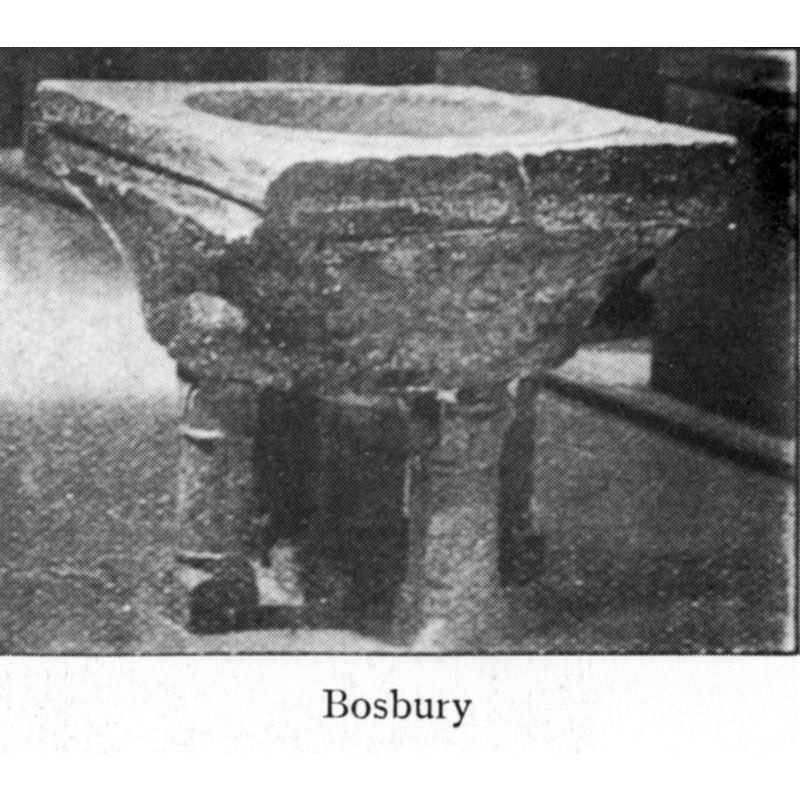

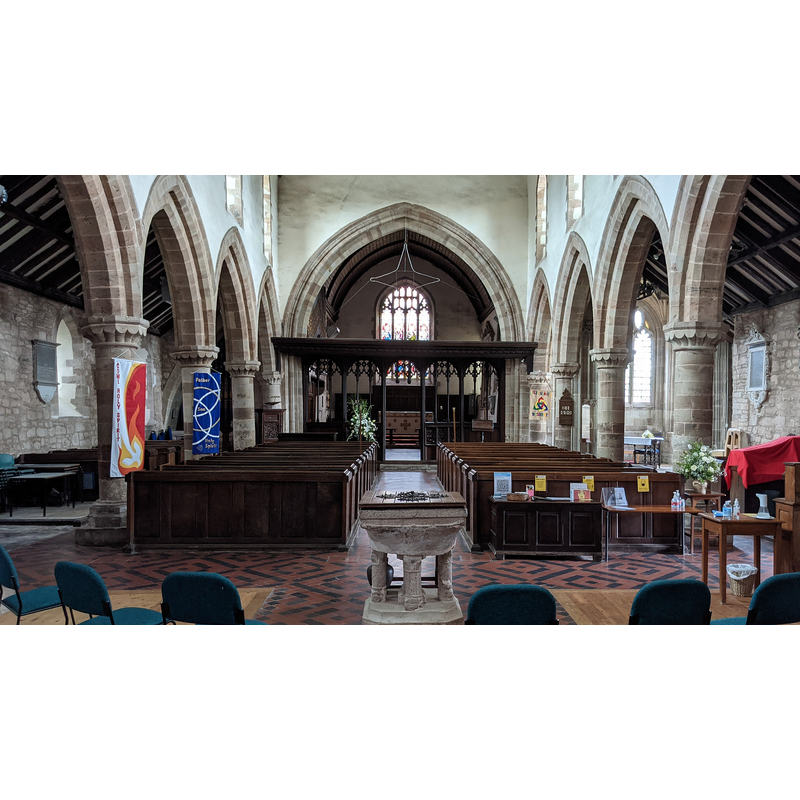
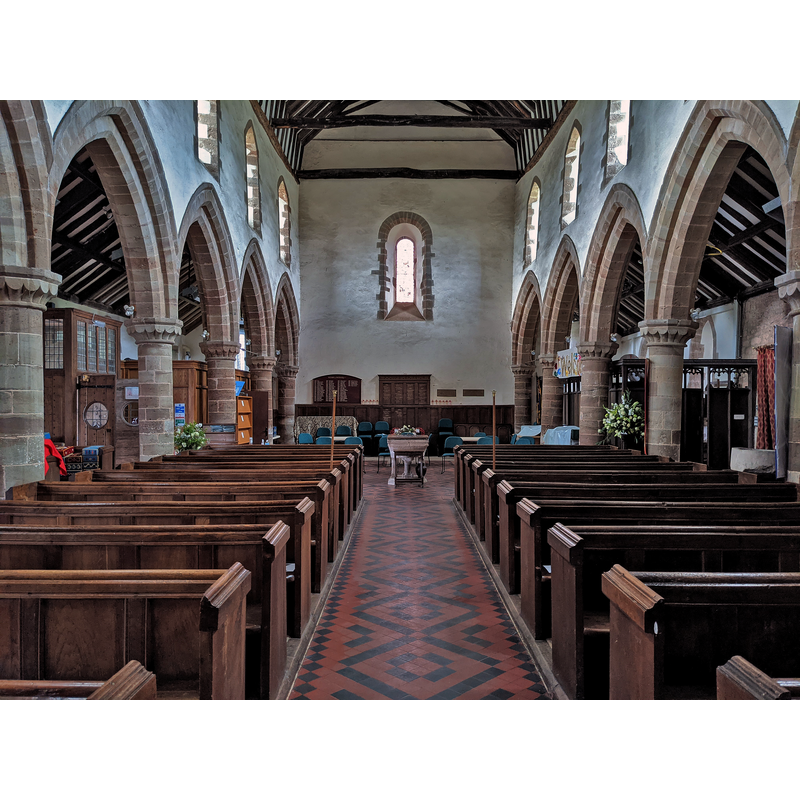
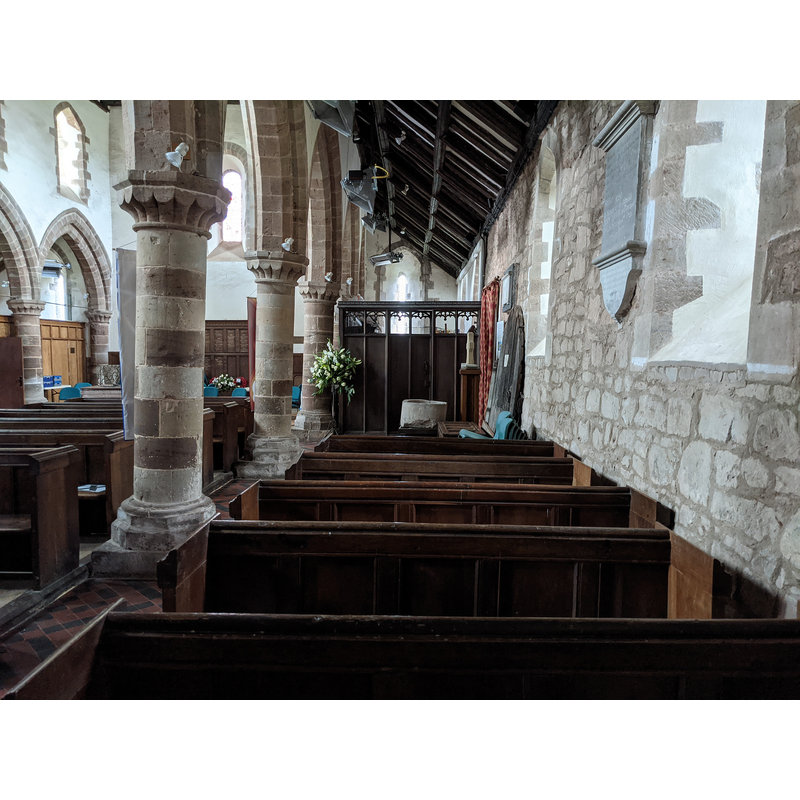
![Source caption: "Holy Trinity church (Screen | Bosbury). This wooden screen of five-bays frames the entrance to the chancel from the nave. This was built in the 15th century." -- the two fonts are included in the view: the square font is visible at the far [west] end through the central arch of the screen; the "Saxon font" is discernible on the right, in the north aisle, between two of the pillars](/static-50478a99ec6f36a15d6234548c59f63da52304e5/compressed/1240309031_compressed.png)